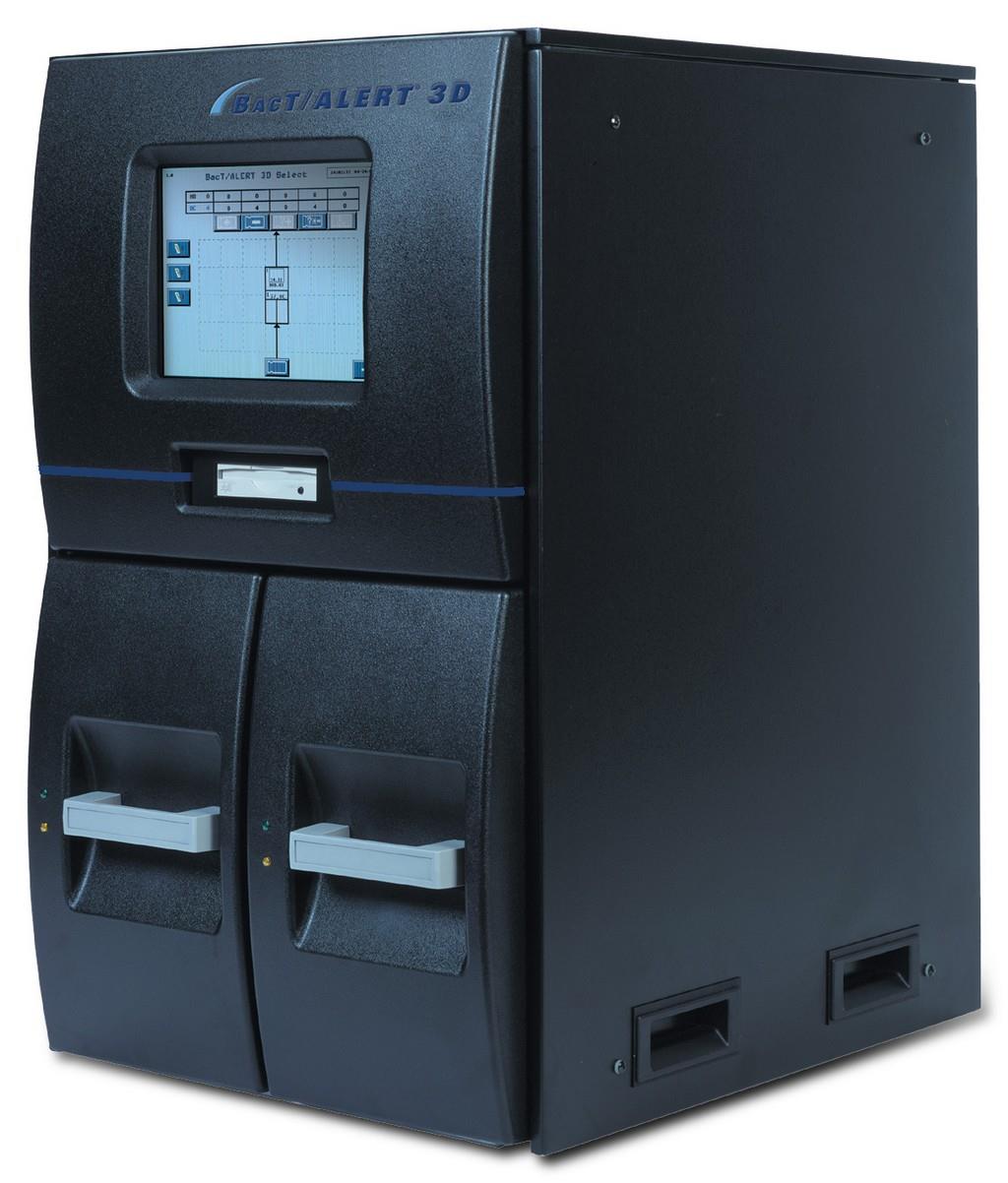Blood Culture Detection Times Distinguishes Bacteremia from Contamination
By LabMedica International staff writers
Posted on 27 Dec 2015
Contamination of blood culture is common, very costly for the health system, and often confuses clinicians. To minimize the risk of blood culture contamination with the normal skin flora, meticulous attention should be paid when preparing the skin for venipuncture.Posted on 27 Dec 2015
Clinicians should be notified every time there is a positive blood culture because the microorganism can often represent an infection that may lead to death and moreover, knowledge of the start times for adequate antibiotic therapy is critical for the prognosis of patients with sepsis and bacteremia.

Image: BacT/Alert blood culture system (Photo courtesy of BioMérieux).
Scientists at the Fuenlabrada University Hospital (Madrid, Spain) conducted a retrospective study of a database of 1,334 patients with a positive blood culture between January 2011 and June 2013. Together with the final blood culture results and the patient's history, growth was then analyzed to assess whether it represented true bacteremia or bacterial contamination. The earliest detection times of bacterial growth in each batch of blood cultures were analyzed in a blinded fashion after classification.
The BacT/Alert blood culture system (BioMérieux; Marcy l'Etoile, France) was employed throughout the study. Two pairs of blood culture vials were used for each patient, with a total recommended extracted volume of blood of 20 mL to 40 mL. These four vials, two for aerobic and two for anaerobic culture, were termed a “blood culture batch.” Blood cultures were performed depending on medical criteria in patients with suspected sepsis as there is no predictive model able to identify which patients should have blood cultures done.
In total, 590 batches of blood cultures corresponded to true bacteremia and 744 to bacterial contamination. In the bacteremia group, the median growth time was 12.72 hours. In the contaminated blood culture group, the median growth time was 20.6 hours which was statistically highly significant. Microorganisms such as Candida species and Bacteroides species presented median growth times significantly longer than those of the other microorganisms. The administration of antibiotics in the week prior to bacteremia was found to delay the growth time of microorganisms.
The authors concluded that the time at which growth is detected in blood cultures using the automated BacT/Alert system could inform clinicians of whether the culture represents true bacteremia or not, pending the time required for a definitive identification of the microorganism involved. The factors that influence these growth times are the association of the culture with true bacteremia, the prior use of antibiotic therapy, and the type of microorganism. The study was published in the December 2015 issue of the International Journal of Infectious Diseases.
Related Links:
Fuenlabrada University Hospital
BioMérieux













